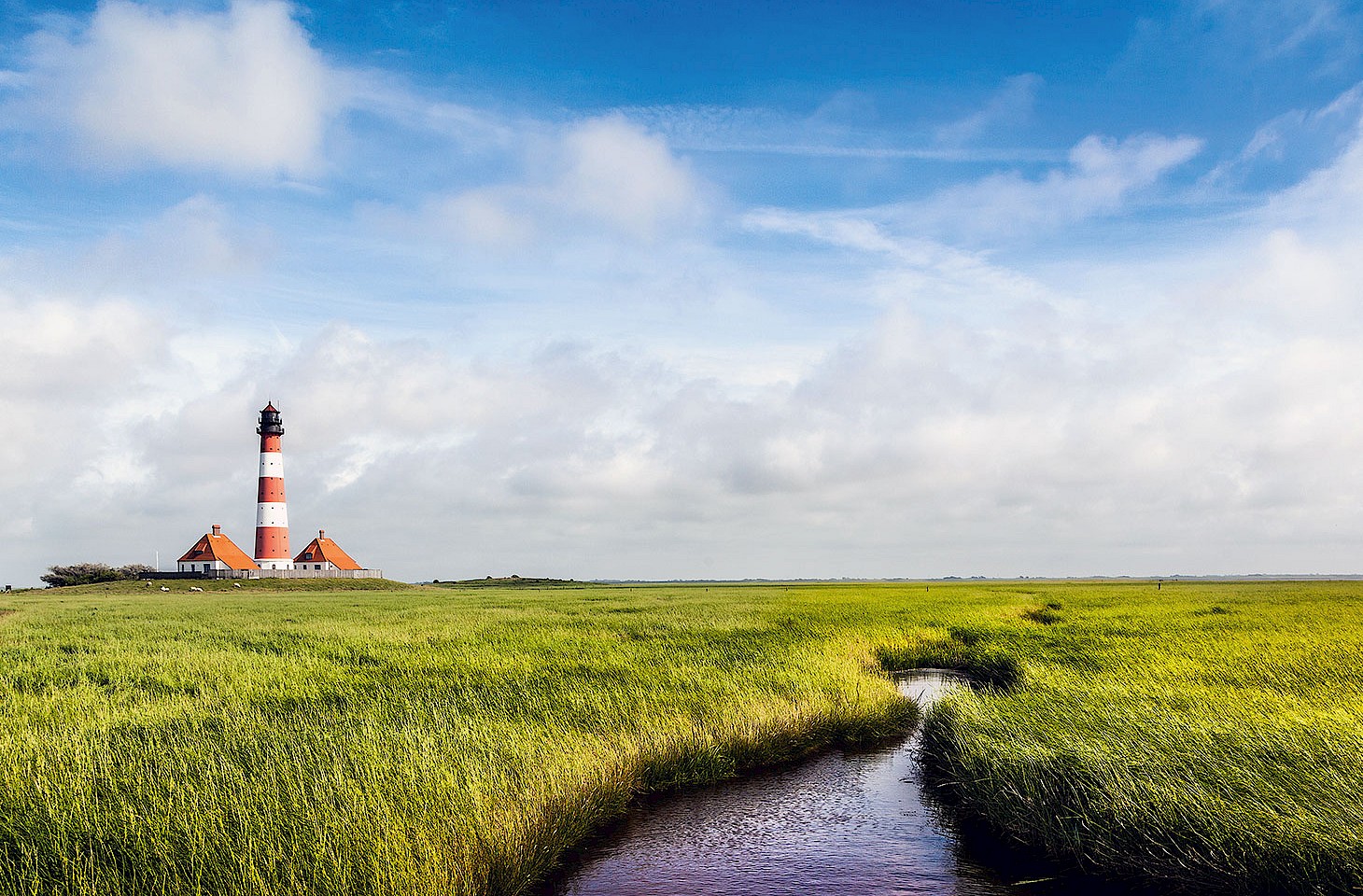It was 35 years ago that Anna Walentynowicz was sacked from her job as a crane operator at the Lenin shipyards in Gdansk (Poland). Anna’s dismissal led to a wave of strikes as workers protested over the sacking of a loyal comrade who had served the shipyard, first as a welder and later as a crane operator, for 30 years.
The strike committee quickly espoused wider goals beyond merely the reinstatement of Anna Walentynowicz — and its work was to have reverberations around Poland and far beyond.


